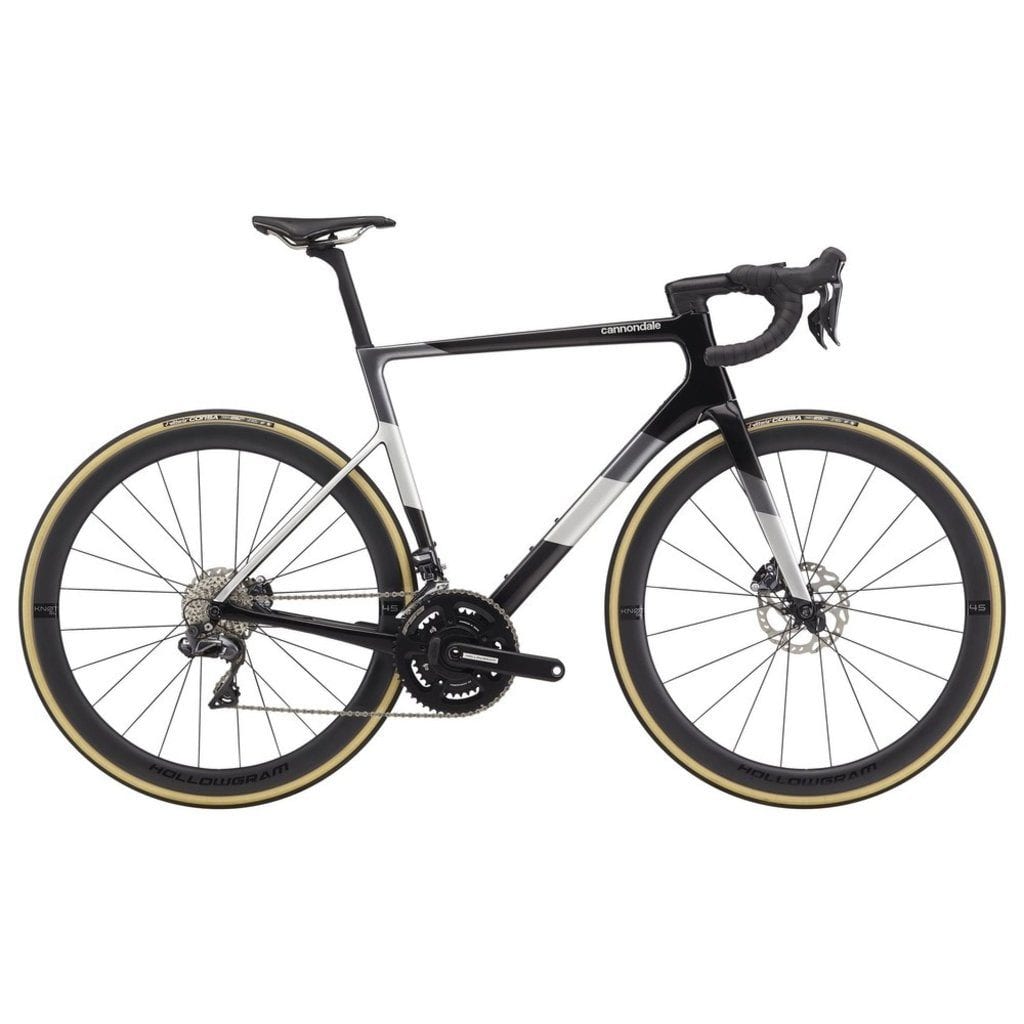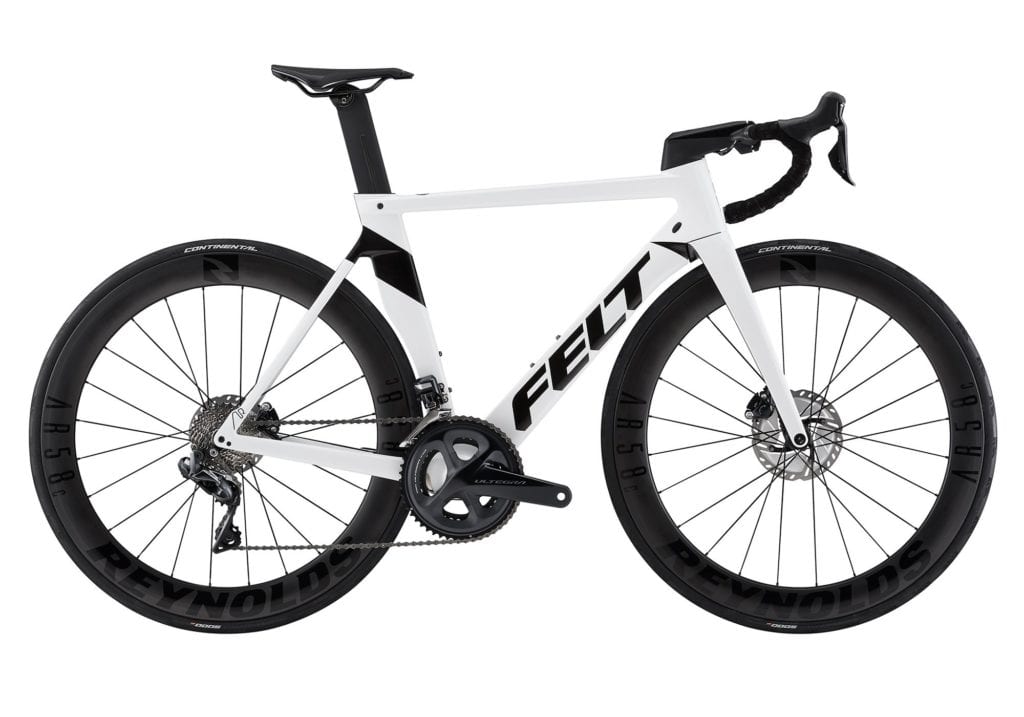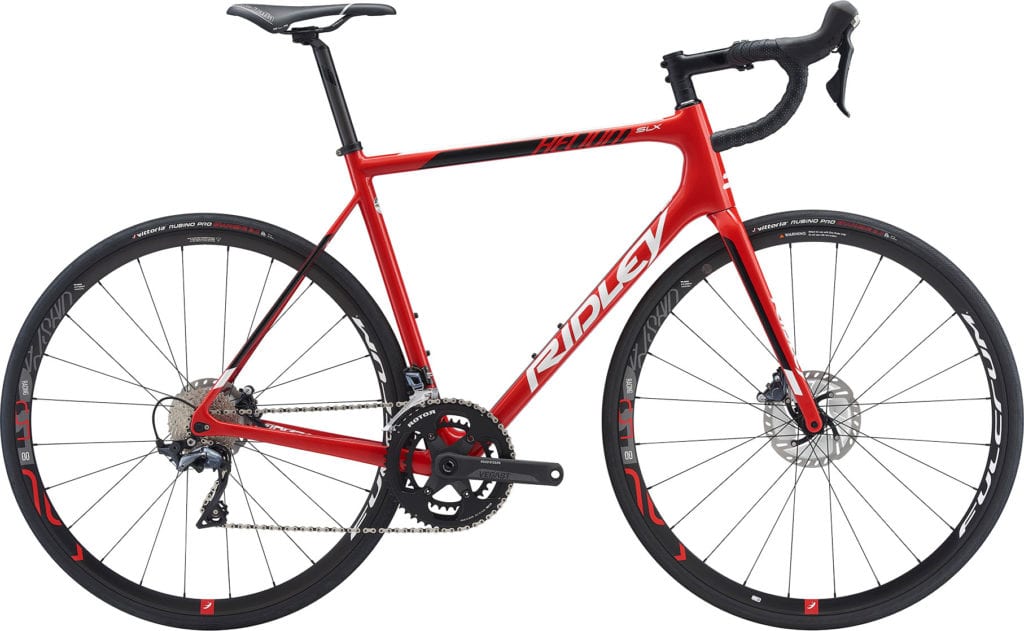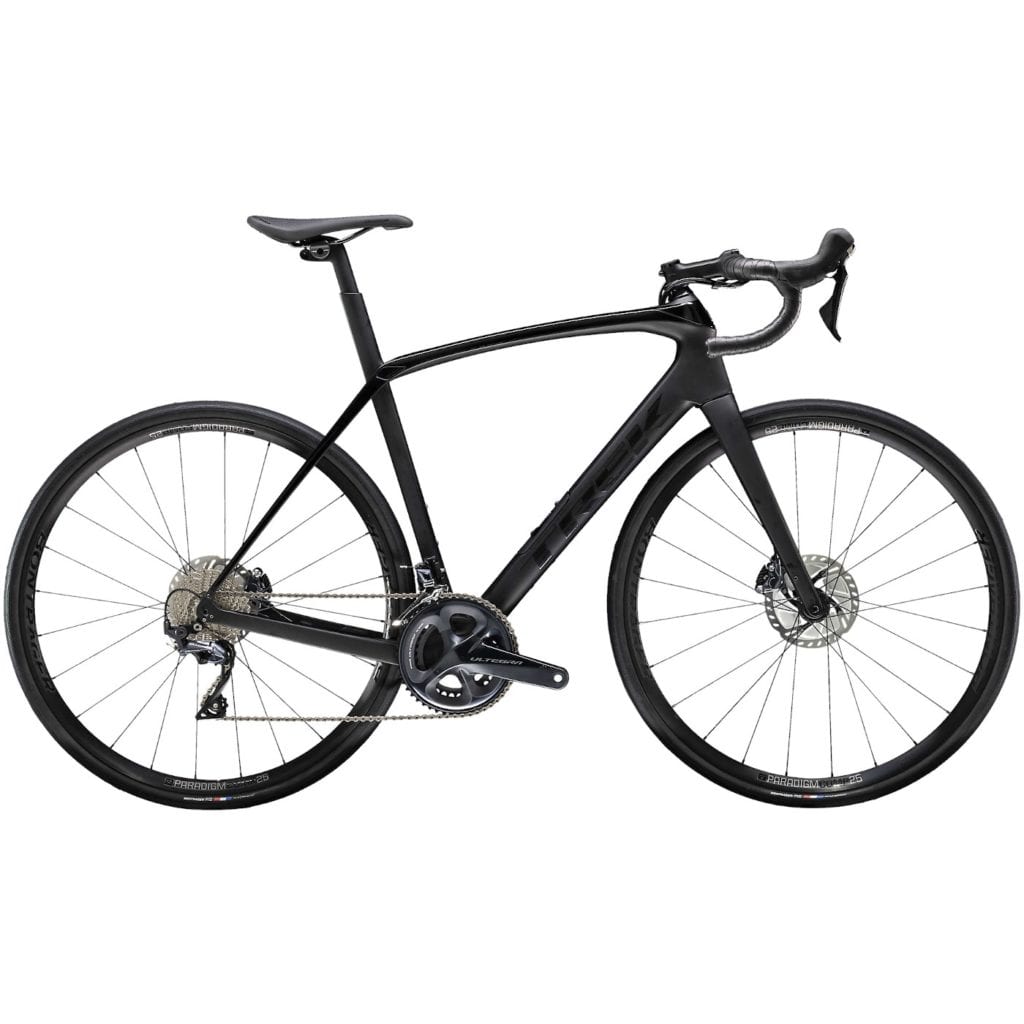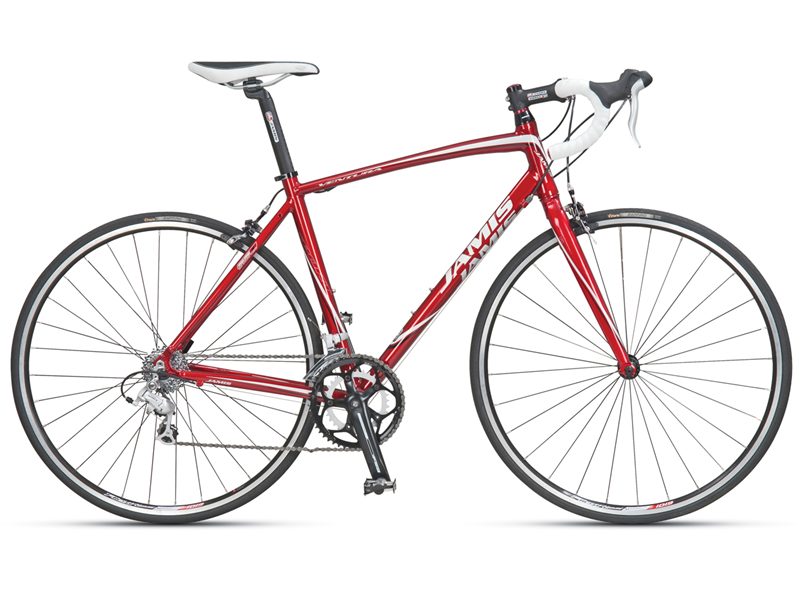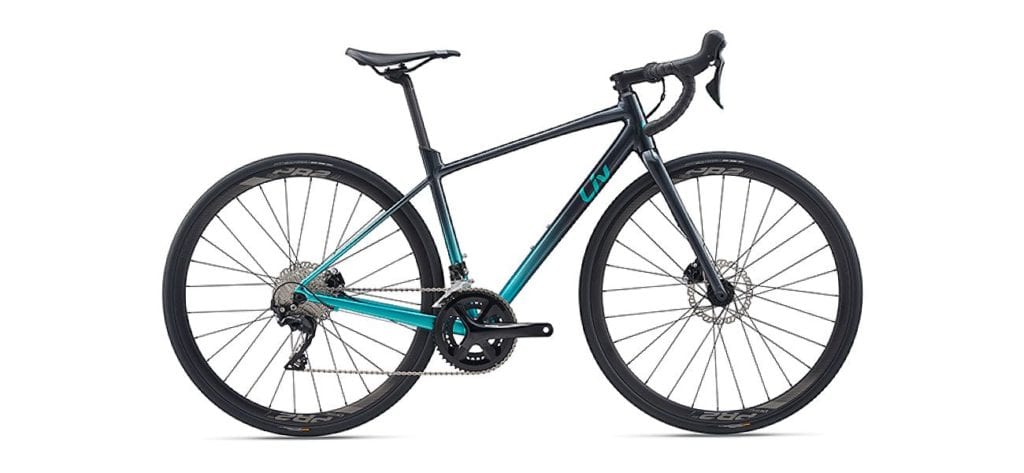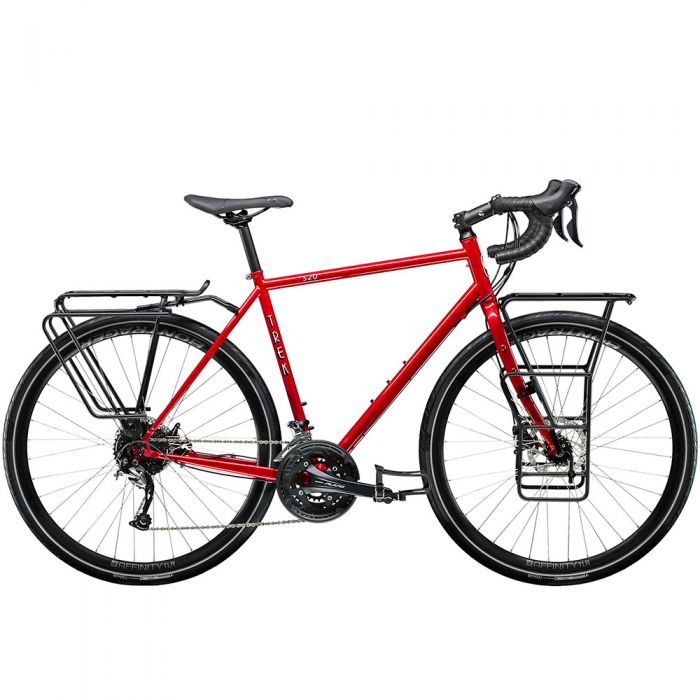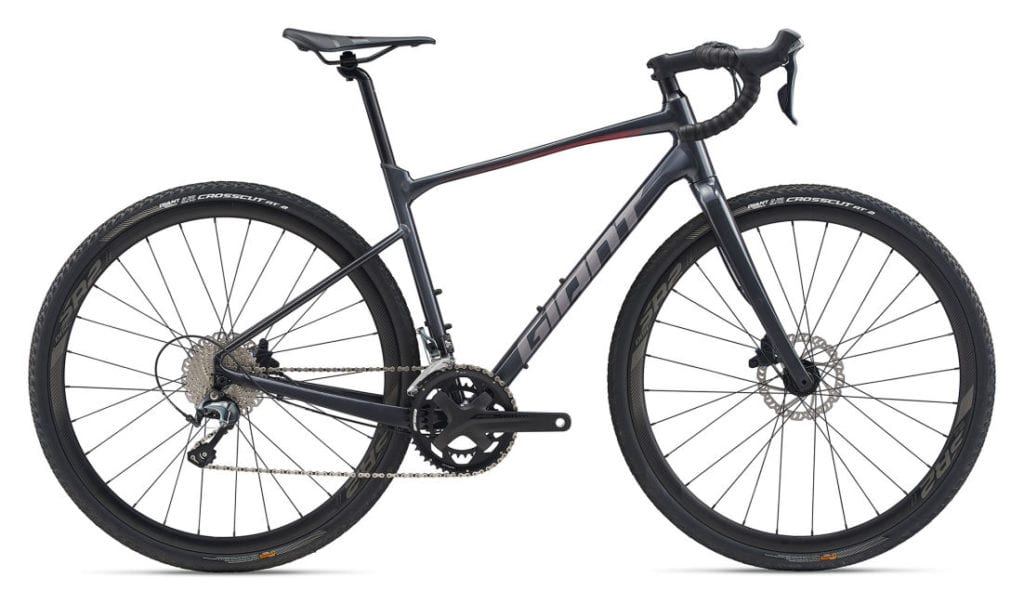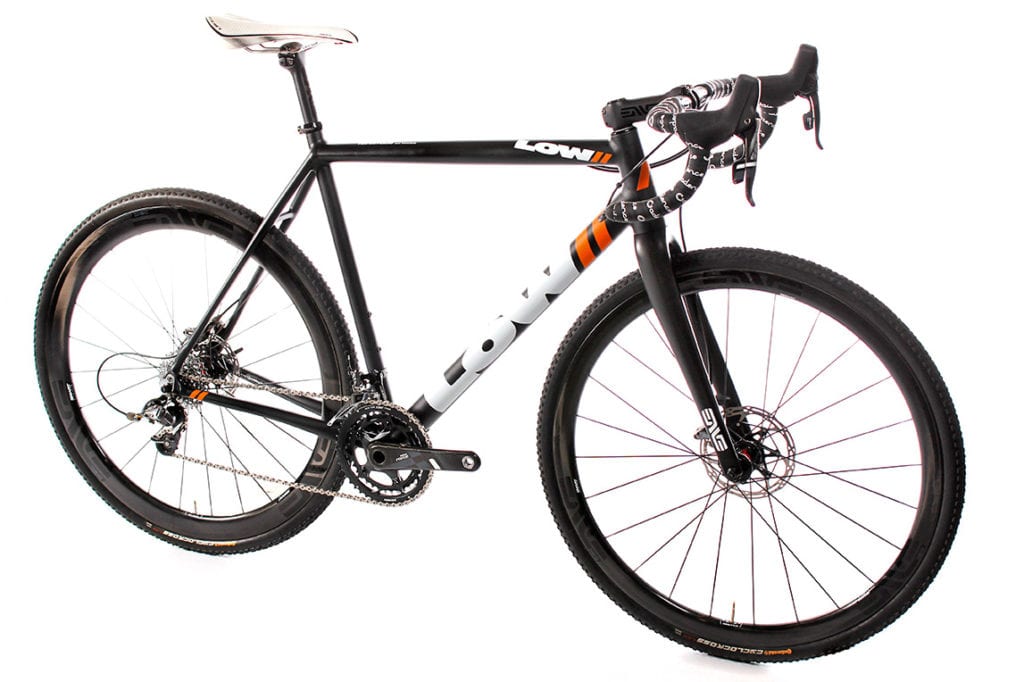Triathlon bike 101: A beginner’s guide to road bikes
The difference between race, endurance, triathlon, gravel, all-road, sport, touring bikes and more
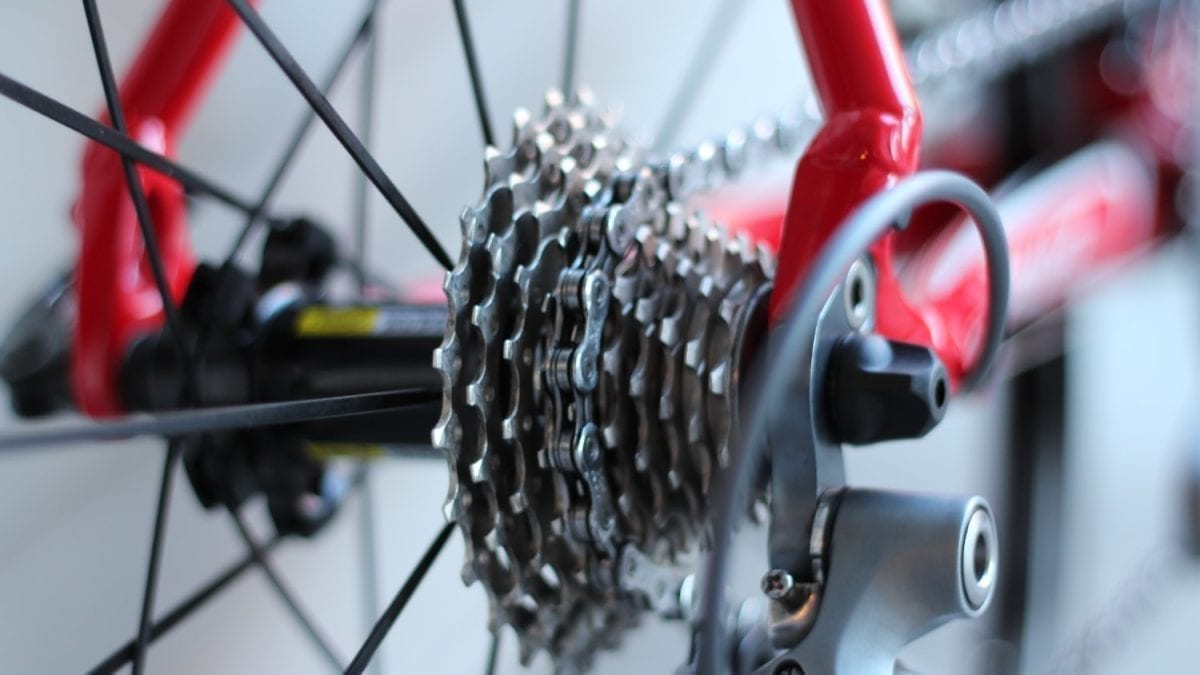 Photo by:
Wayne Bishop/Unsplash
Photo by:
Wayne Bishop/Unsplash
So you’ve decided you’re going to do a triathlon. You need to get a bike. Everyone you speak to tells you to start with a road bike because that will be the least-expensive way to introduce yourself to the sport.
But where do you start? The reason so many people are telling you not to get a triathlon bike is that they are typically more expensive than other types of road bikes, and can’t be used (or are frowned upon) is certain types of riding. Starting with a different type of road bike might be a better way to introduce yourself to the sport, save you some money, and provide some other riding options if you decide that you’re not going to make triathlon your main activity.
Normally a lot of your preliminary research can be done online, browsing what various brands have to offer and getting an idea of what kind of money you’ll be looking to spend. But, when you navigate over to a bike brand website and click on ‘Road,’ you’ll be presented with a list of options. Vague words like ‘Performance’, ‘Sport’ and ‘Endurance’ don’t do much to describe what kind of bike you’re looking at. These categories may mean slightly different things for different brands. Without getting too lost in the semantics let’s break down the general characteristics of each of these road bike types to help you figure out which is best for your needs.
Related: What to look for in a triathlon bike
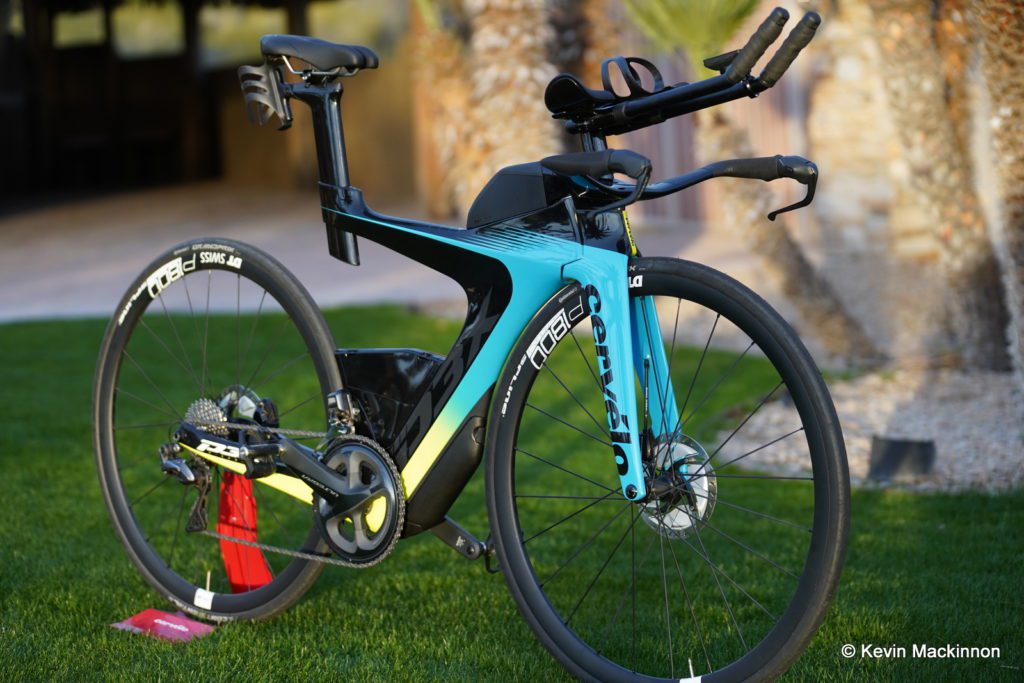
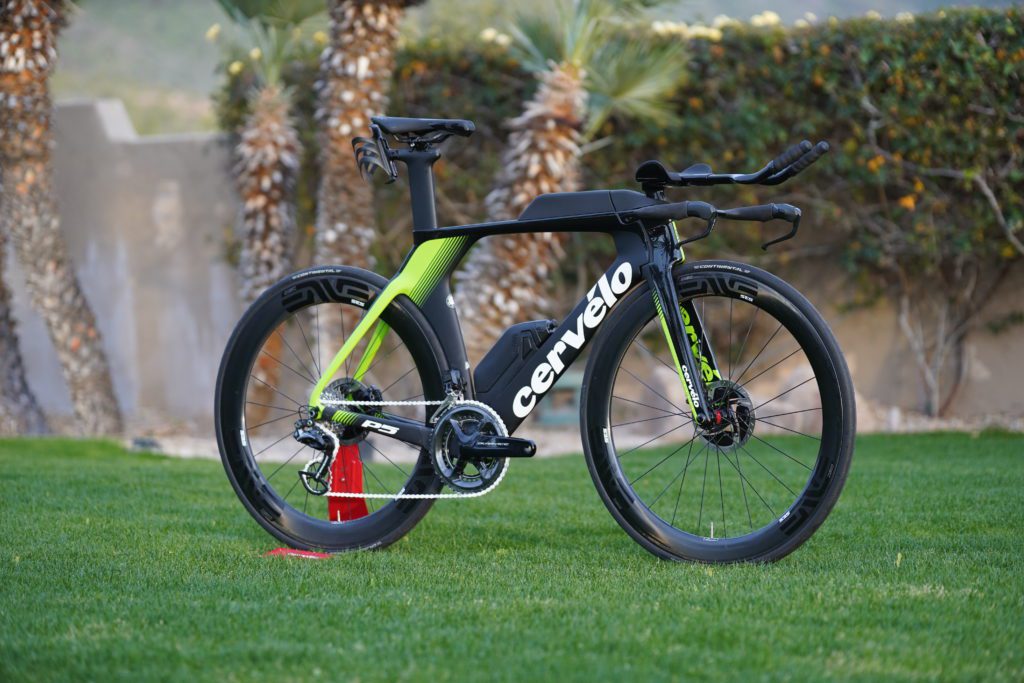
Triathlon and time trial (TT) bikes
Triathlon bikes are designed specifically for riding on aero bars. The arm-in-front position gives you a significant aero advantage, but makes steering the bike a little more difficult.
Triathlon-specific bikes are basically time trial bikes on steroids, as there are fewer regulations on just how aerodynamically they can be built.
A triathlon bike might be for you if: You plan on racing triathlons exclusively.
A TT bike might be for you if: You plan on competing in time trial events that require UCI legal bikes
Look at other bikes if: You’re not sure if triathlons or time trials will be your main emphasis, or you plan to spend lots of time riding in big groups. (Many bike clubs frown on riders joining their groups on triathlon or TT bikes.)
Race
Race bikes are typically some of the pricier road bikes. They’ll normally be available with the highest level groupsets and feature geometry optimized for racing and riding fast. When discussing road bikes, race bikes can be considered the archetypal ‘road’ bike—the variations in other bikes will be compared to this standard.
These bikes aren’t made to be particularly comfortable—they’re made to go fast, climb well, corner neatly and get you to the front of a race. They aren’t typically designed to go off-road at all, although some brands have started offering slightly larger tire clearance on race style road bikes.
Race bikes usually have more aggressive geometry, which means that the handlebars will typically sit lower than other road bikes, and the frame will be stiffer and more responsive.
A race bike might be for you if: Performance is more important than comfort, you’re planning on racing or doing hard group rides or if you’re looking for a top-of-the-line road bike.
Look at other bikes if: You want more comfort for longer rides, you want a more affordable bike or you want to sometimes venture off of paved roads.
Related: Road bike or tri bike
Aero
Aerodynamic road bikes (aero bikes) are a subset of race bikes but will often be sold in their own category. They are designed specifically to cut through the wind in an aerodynamic way. Cycling governing bodies have regulations on just how aerodynamic these bikes can get (these regulations get thrown out of the window for triathlon bikes but we’ll get to that).
Aero bikes are typically spec’d with pricey components and can cost around the same amount as race bikes. The frame and some of the components are made to cut through the air in the most efficient way possible. They’re great for getting up to a high speed and maintaining it, but they’re not as great for climbing, as the extra frame material makes them slightly heavier.
An aero bike might be for you if: You don’t plan on doing much climbing, and you want to go as fast as possible on flat courses.
Look at other bikes if: You want to ride up mountains, you value comfort over pure speed, or you want the lightest bike possible.
Performance
‘Performance’ is a vague term sometimes used by brands like Felt and Trek to encompass non-endurance more high-end road bikes (‘race’ bikes and aero road bikes). They may put a variety of road bikes under this term, so it’s best to look into the other keywords these companies use to describe the bike.
Endurance
Endurance road bikes are made for longer riding and more comfort. These bikes will perform well for an all-day fondo style event, and won’t leave newer riders with aching bodies.
The geometry of endurance bikes is more upright than a ‘performance’ bike and therefore more comfortable when you’re spending long days in the saddle. The head tube is often taller than a race bike.
These bikes will typically fall on the more affordable end of the road bike range, but top of the line models certainly exist.
An endurance bike might be for you if: You want to go on long rides and value your comfort (and your wallet).
Look at other bikes if: You put speed before comfort.
Sport
‘Sport’ road bikes, sometimes called ‘sportif’ bikes, are generally more affordable, entry level road bikes. Often endurance bikes will be put in this category, as will beginner road bikes with more ‘relaxed’ geometry and a lower price point.
All-road
All-road is a recently popularized category of bike. These bikes are made to go from asphalt to gravel and back to asphalt all in the same ride. They’re built with wider tire clearance, which means you can choose whether you want narrower road tires or wider, knobbier tires for rougher terrain.
Typically the geometry is a bit more relaxed than a race bike and is similar to endurance road bikes. All-road bikes will often have mounts for racks and fenders so you can use them for some light touring as well.
An all-road bike might be for you if: You want the option of doing everything and you don’t plan on buying a gravel-specific bike
Look at other bikes if: You want a bike that is specialized for one type of riding.
Touring
Touring bikes are designed for optimal functionality and comfort. They feature long wheelbases to keep front luggage away from your pedal-stroke and are often made of steel for durability and strength.
These bikes are designed to carry their riders and all of their equipment, so they’re covered in rack and fender mounts. Some touring bikes will come with front hub dynamo electric generators to give you a constant source of power.
The components on a touring bike will be durable, not necessarily light-weight, so they tend to be heavier than all-road and gravel bikes.
A touring bike might be for you if: You plan on doing a big bike tour or you live somewhere where you don’t have access to a bike shop to get your ride regularly serviced. Touring bikes can also make good commuters, especially for winter riding.
Look at other bikes if: You don’t need to carry anything or you want a more speedy ride.
Gravel
Gravel bikes are built for gravel roads. They tend to have wider, sometimes flared handlebars, large tire clearance (similar to a cyclocross bike), and geometry akin to an endurance bike.
A gravel bike’s bottom bracket will be a little lower than a cyclocross bike (for added stability), and it will also sometimes come with rack and fender mounts for longer rides. These bikes are made for gravel but it will still hold up well on asphalt, mud and some easier singletrack trails. They have a wide range of gearing to reflect their versatility.
A gravel bike might be for you if: You plan on getting into gravel riding. Like touring bikes, they can also be set-up as capable commuters.
Look at other bikes if: You don’t want to commit to a gravel specific bike yet, or are considering racing cyclocross.
Cyclocross
Cyclocross (CX) is its own discipline but the bikes used for it have many similarities to road bikes.
CX bikes are similar to gravel bikes with a few differences. They tend to have slightly more aggressive geometry—cx races are much shorter than gravel rides so comfort isn’t top priority. A shorter chainstay and lower stack height make the handling slightly more agile than a gravel bike.
CX bikes come with the knobbiest tires of any road-style bike. They are made to ride on technical courses made of dirt, mud, grass, snow, sand so they need the maximum amount of grip. They won’t ride very nicely on asphalt as they weren’t designed for roads (unless you swap to slick road tires).
A cyclocross bike might be for you if: You’re interested in doing cyclocross rides/races or you want to take on some very technical gravel.
Look at other bikes if: You prefer sticking to the road.
